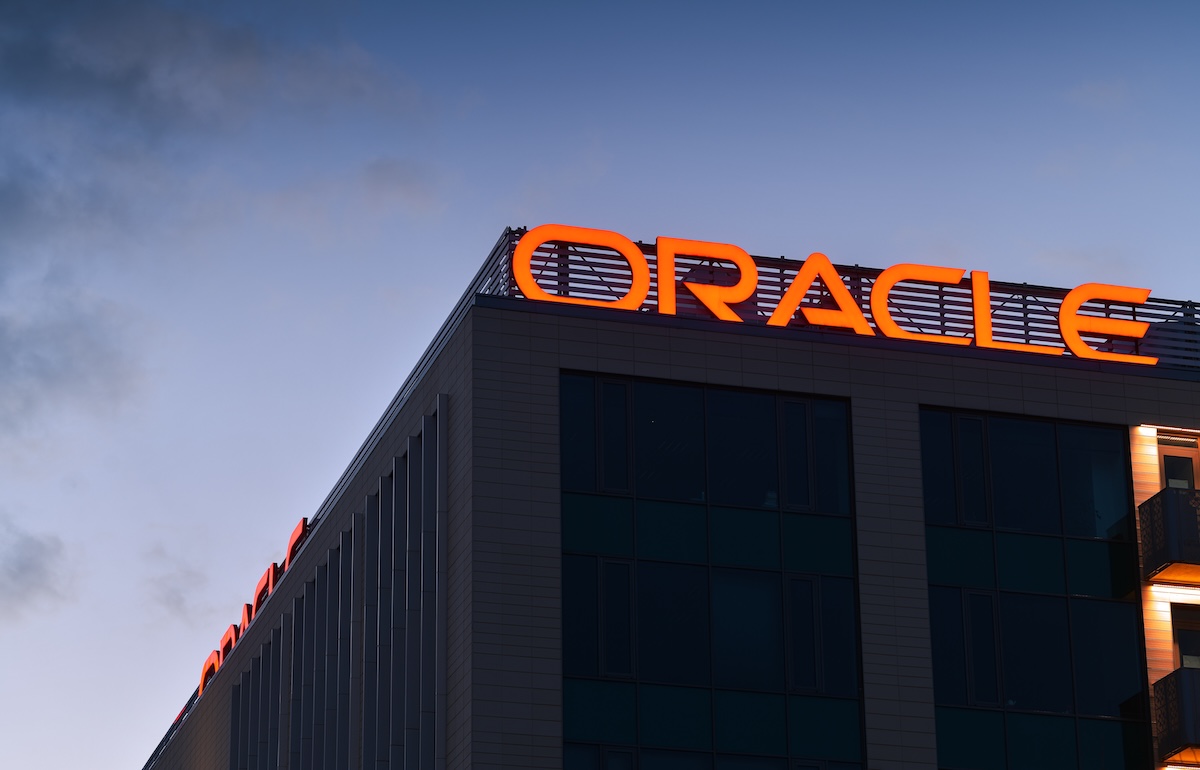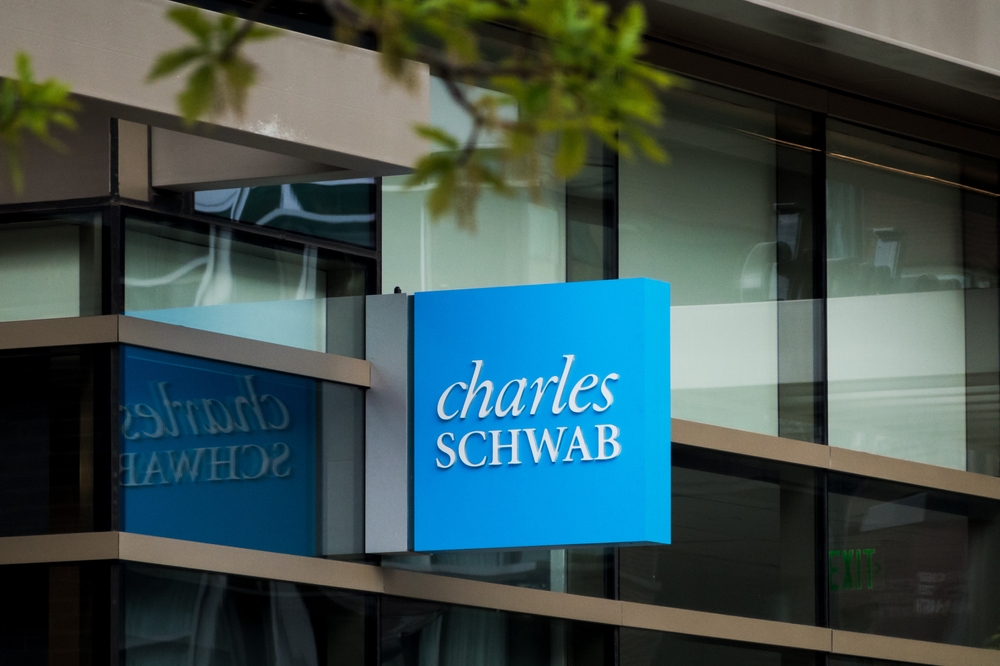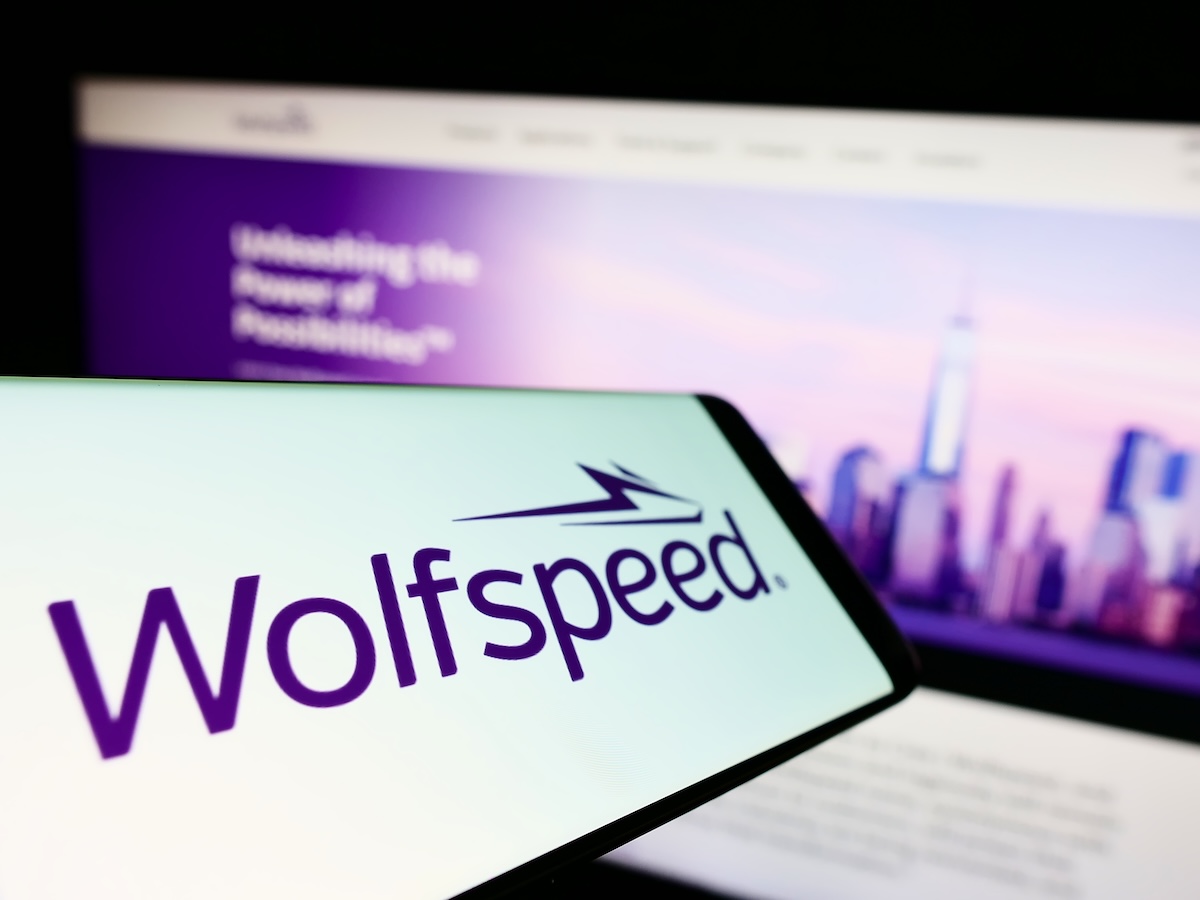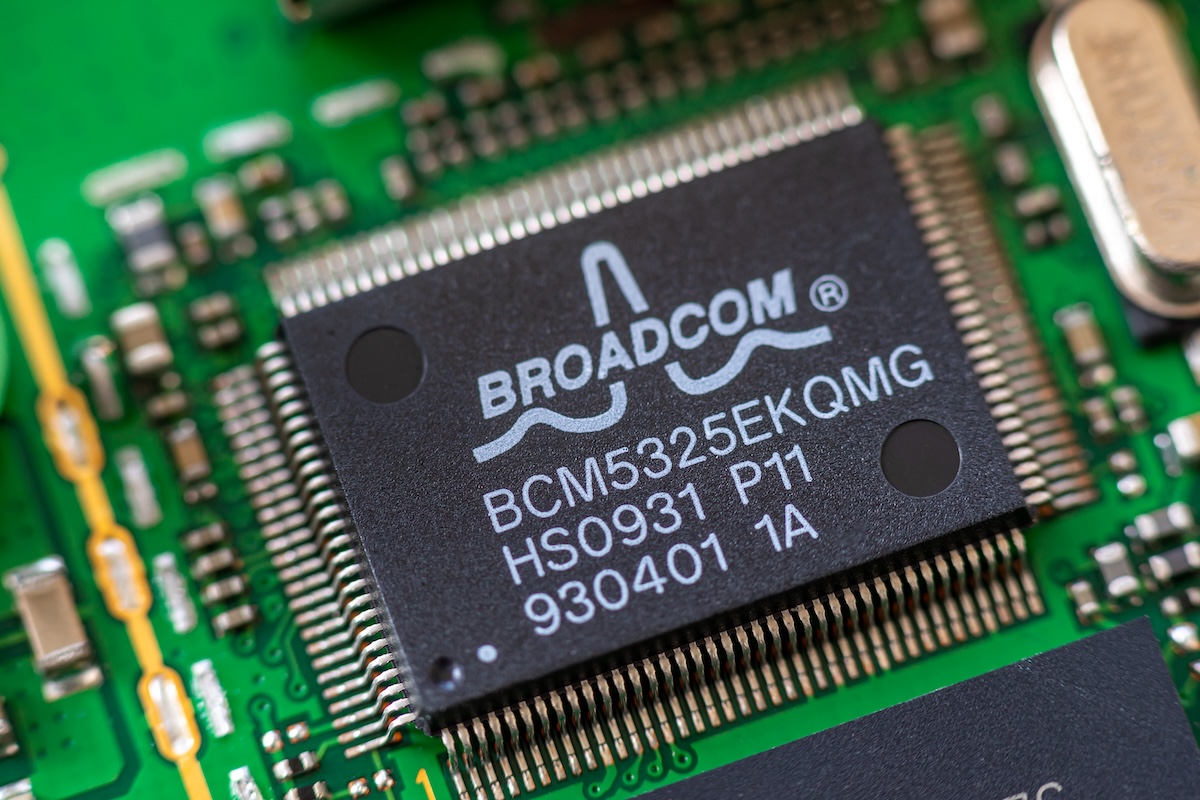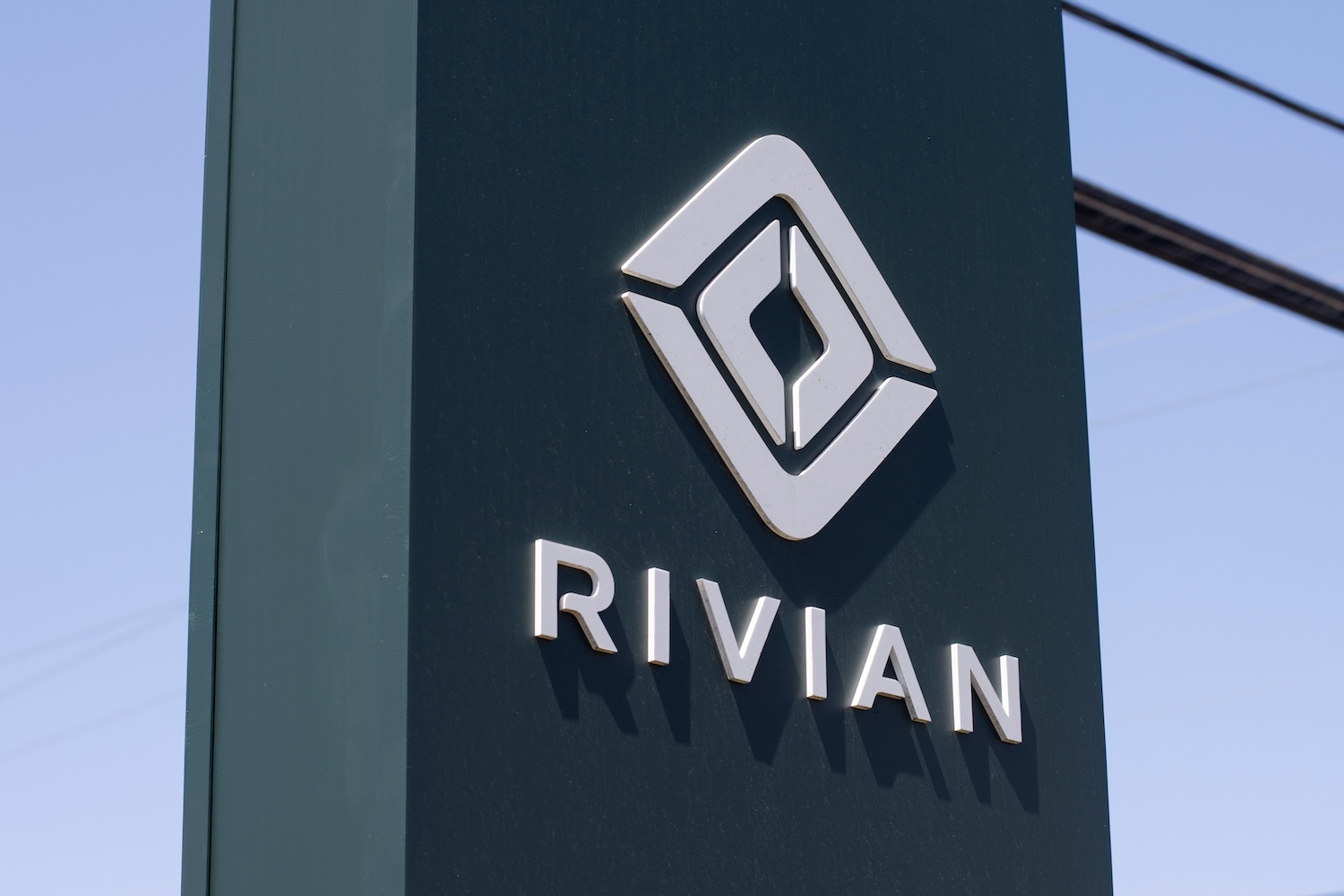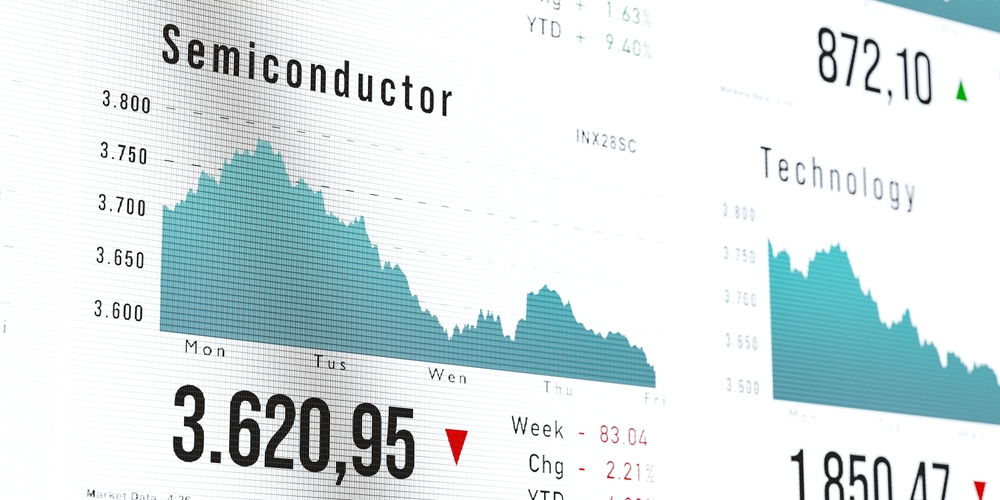Stock Update
Archer Aviation and Joby to join Trump's eVTOL pilot program
Trump’s June order to “unleash American drone dominance” also kicked off a less-covered federal eVTOL pilot program.
Read more about Archer Aviation and Joby to join Trump's eVTOL pilot program
Wall Street might finally be warming up to Adobe’s AI strategy
Although Adobe (ADBE) executives have made it clear that they are all-in on artificial intelligence, Wall Street has been slow to warm up to its execution.
Read more about Wall Street might finally be warming up to Adobe’s AI strategy
Elon Musk may have just validated his competitor, AST SpaceMobile
AST SpaceMobile (ASTS) stock slid on Elon Musk's Starlink news, but analysts say the move validates ASTS’s direct-to-cell strategy and long-term market potential.
Read more about Elon Musk may have just validated his competitor, AST SpaceMobile
Gold miners exhibit “classic stagflationary behavior,” analyst warns, as Fed scrambles for damage control
Gold stocks are soaring, equities are lagging, and the Fed is caught in a bind — a mix not seen since the 1970s.
Read more about Gold miners exhibit “classic stagflationary behavior,” analyst warns, as Fed scrambles for damage control
Red Cat gets Black Widow drone approved by for use by NATO nations
Red Cat Holdings (RCAT) stock jumped after its Black Widow drone was approved for NATO procurement, boosting prospects in the fast-growing U.S. drone manufacturing market.
Read more about Red Cat gets Black Widow drone approved by for use by NATO nations
“Congressman is betting against the U.S. economy” — Rep. Tim Moore makes triple-leveraged bet against small-cap stocks
he congressman’s wager on a leveraged ETF mirrors long-standing concerns that lawmakers may profit from privileged information
Read more about “Congressman is betting against the U.S. economy” — Rep. Tim Moore makes triple-leveraged bet against small-cap stocks
“Algos fall for this?” Oracle’s $244 billion stock rally raises eyebrows and questions
Oracle Corporation (ORCL) pulled off a feat rarely seen among companies of its size: its stock soared 36% in a single trading session after an earnings report
Read more about “Algos fall for this?” Oracle’s $244 billion stock rally raises eyebrows and questions
Schwab: Retail investors can’t get enough of Nvidia or Palantir
Nvidia is by far the biggest winner among retail investors, according to the Schwab Trading Activity Index
Read more about Schwab: Retail investors can’t get enough of Nvidia or Palantir
Polestar’s management has ‘cast doubt’ on EV automaker’s ability to stay in business
The industry is at a tipping point where the winners and losers will be decided in the coming years
Read more about Polestar’s management has ‘cast doubt’ on EV automaker’s ability to stay in business
Hailing Joby's air taxi through Uber? Might be possible as soon as next year
Joby Aviation (JOBY) appears determined to strike while the iron is hot and grab market share wherever it can
Read more about Hailing Joby's air taxi through Uber? Might be possible as soon as next year
Is Boeing dead cat bounce or sustained rally? Hedge funds short, analysts turn bearish
Hedge funds are ramping up short bets on Boeing even as analysts and airline executives see signs the planemaker is finally turning the corner.
Read more about Is Boeing dead cat bounce or sustained rally? Hedge funds short, analysts turn bearish
‘Nebius story is one of a kind’—Here's why NBIS is skyrocketing
AI cloud startup Nebius Group (NBIS) jumped nearly 50% on Tuesday after announcing a massive deal to deliver dedicated GPU capacity to Microsoft (MSFT) at its new data center in New Jersey
Read more about ‘Nebius story is one of a kind’—Here's why NBIS is skyrocketing
Wolfspeed expects to emerge from bankruptcy in coming weeks as court approves restructuring
Good news for the company, bad news for shareholders
Read more about Wolfspeed expects to emerge from bankruptcy in coming weeks as court approves restructuring
“Nvidia is no longer the only choice,” as AVGO steals the spotlight from NVDA stock
Broadcom becomes “Mag 7” worthy, analysts say
Read more about “Nvidia is no longer the only choice,” as AVGO steals the spotlight from NVDA stock
Honeywell International (HON) breakout? Nvidia’s Huang bets big on quantum
Once the biggest critic, Nvidia (NVDA) CEO Jensen Huang seemed to be having a change of heart about quantum computing when he declared in June that it had reached an “inflection point” with commercial viability.
Read more about Honeywell International (HON) breakout? Nvidia’s Huang bets big on quantum
Qualcomm and Google team up on agentic AI solutions for automakers
Qualcomm Technologies’ (QCOM) aggressive push into the automotive space continues
Read more about Qualcomm and Google team up on agentic AI solutions for automakers
Rivian’s sneaky bet on smart charging to power EV savings
The automaker is rolling out a software update to cut energy costs for drivers, even as its premium price tags raise questions about long-term affordability.
Read more about Rivian’s sneaky bet on smart charging to power EV savings
Trump’s trade war dream collides with reality as semiconductor jobs disappear
Once billed as the crown jewel of America’s manufacturing revival, semiconductors are now shedding jobs, weighed down by overcapacity, tariffs, and China’s retaliation.
Read more about Trump’s trade war dream collides with reality as semiconductor jobs disappear






